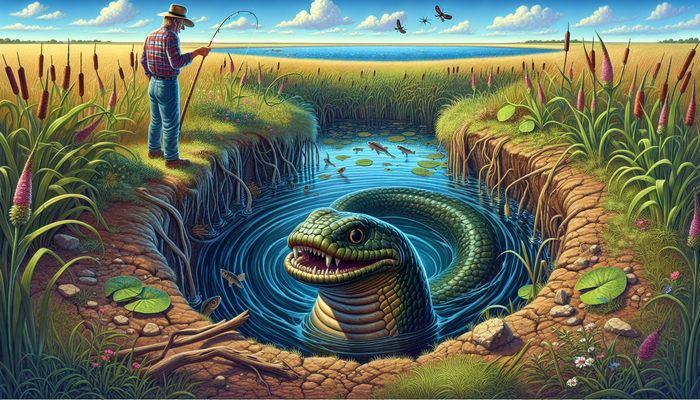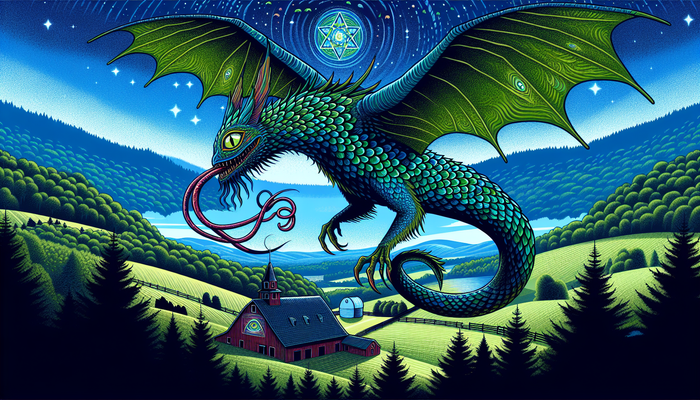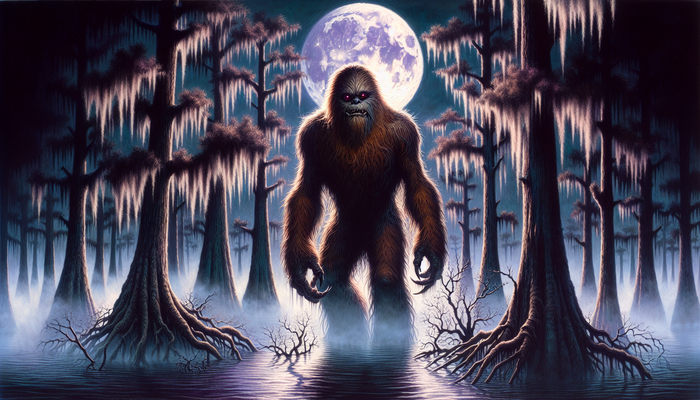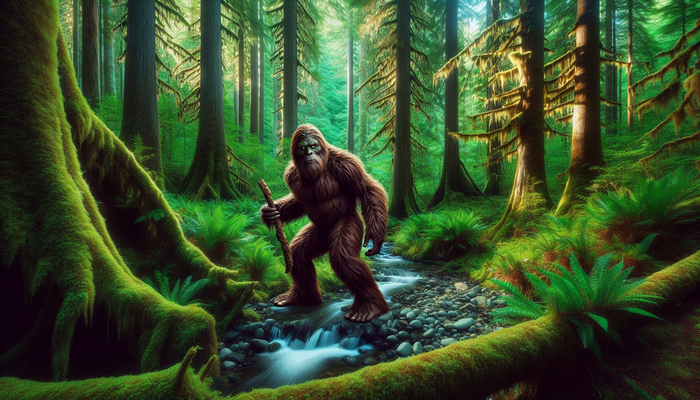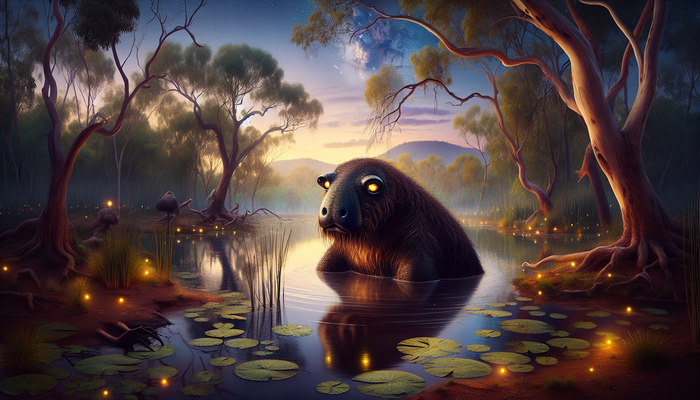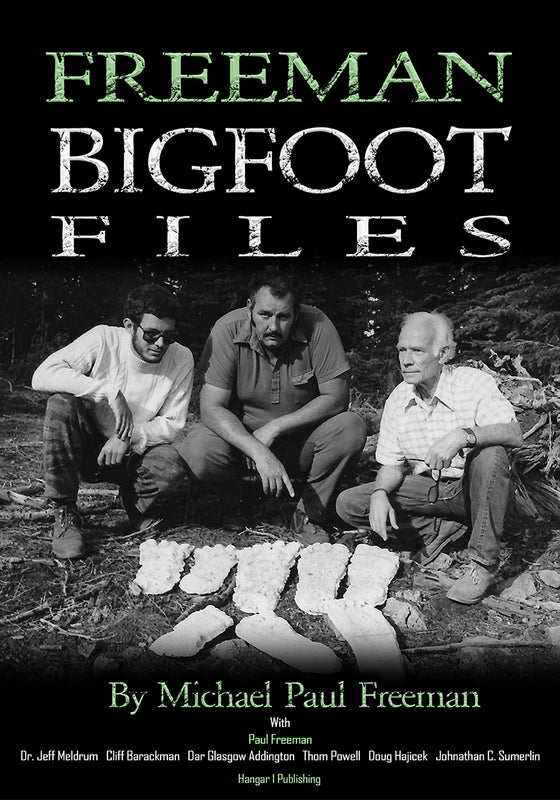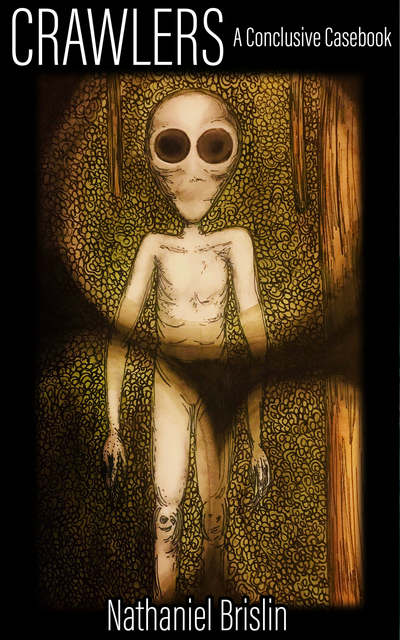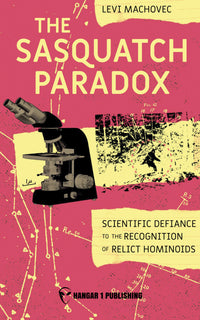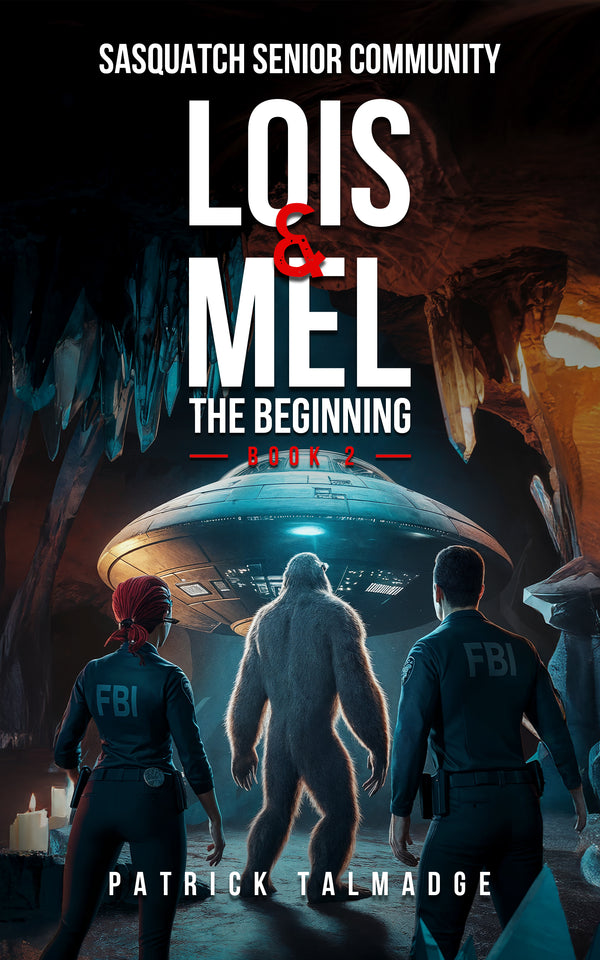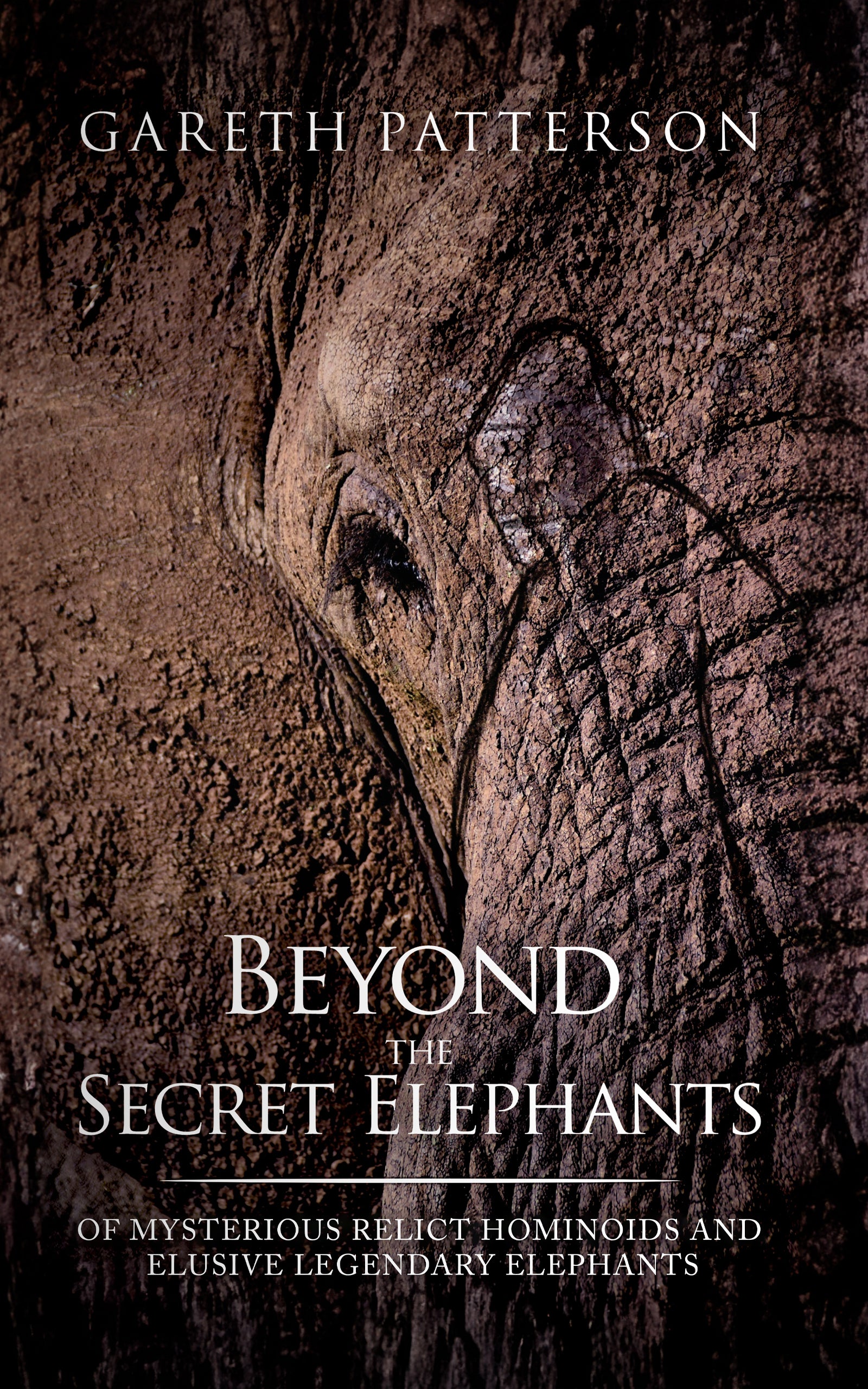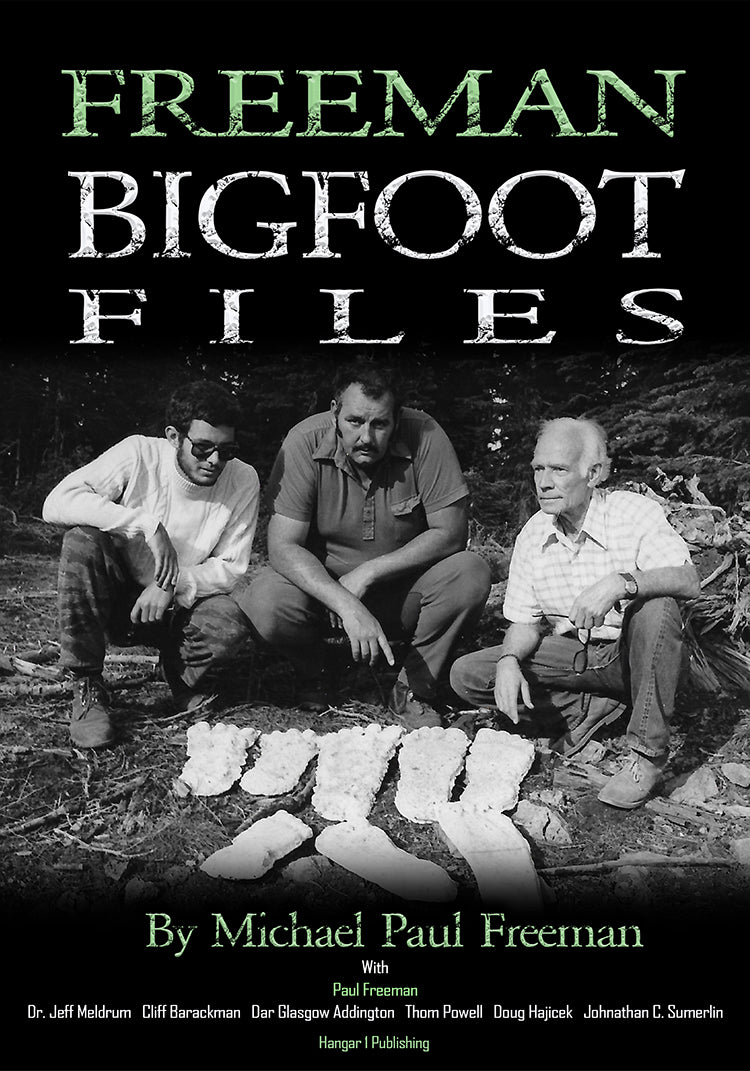Giant Colossal Squid: 2025 Live Footage Reveals Deep-Sea Titans

By Wade Beaumont, Cryptozoologist
The Moment We've Been Waiting For
Y'all, I've spent years tracking creatures through the Texas brush, but what happened 600 meters below the surface of the South Atlantic on March 9, 2025, just about knocked my boots off. Scientists aboard the Schmidt Ocean Institute's research vessel captured something that's eluded every underwater camera for a hundred years: live footage of a Colossal Squid in its natural habitat.
Now, before we go any further, let's clear something up. When folks search for "giant colossal squid," they're usually mixing up two completely different animals. There's the Giant Squid (Architeuthis dux) and the Colossal Squid (Mesonychoteuthis hamiltoni). Both are real. Both are massive. And both have earned their legendary status for very different reasons.
That juvenile squid the ROV SuBastian filmed near the South Sandwich Islands? That was a baby Colossal Squid, about 30 centimeters long. Experts like Dr. Kat Bolstad confirmed it by spotting the diagnostic feature that separates this species from every other glass squid: those distinctive hooks on its arms.
Two Titans, One Legendary Mix-Up
I get it. Out in the field, when you're tracking something elusive, the terminology matters less than the evidence. But if we're going to talk about these animals seriously, we need to know what we're looking at. The difference between a Giant Squid and a Colossal Squid isn't just academic hairsplitting. It's the difference between a marathon runner and a heavyweight boxer.
The Giant Squid holds the length record, with females reaching up to 13 meters (43 feet). They're built long and lean, with toothed sucker rings that can leave circular scars up to 5 centimeters across on the skin of sperm whales.
The Colossal Squid, though? That's pure mass. The largest specimen ever caught weighed 495 kilograms (1,091 pounds) when it was frozen. Thawed, researchers at New Zealand's Te Papa museum estimated it closer to 470 kg. But here's the kicker: beaks recovered from sperm whale stomachs suggest even bigger individuals are swimming around down there, potentially reaching 600-700 kg.
The Weapon That Tells the Story
If you ever get the chance to examine remains or footage, here's your field identification key: hooks versus suckers.
Giant Squid arms and tentacles are covered in toothed sucker rings. Think of them as dozens of serrated circles that can grab and hold. When a sperm whale tangles with one, those suckers dig in and leave behind perfectly round scars.
Colossal Squid? They've got something nastier. Their tentacle clubs sport swiveling hooks, and their arms have fixed, three-pointed hooks. These aren't suction cups. They're more like rotating meat hooks designed to pierce and hold struggling prey. The scars they'd leave on a whale would be linear gouges and punctures, not circles.
That's forensic evidence you can see and document, the kind of field mark that separates solid observation from speculation.
A Side-by-Side Breakdown
When I'm teaching folks to identify wildlife, I like to lay out the facts plain. Here's what separates these two deep-sea giants:
| Feature | Colossal Squid (*Mesonychoteuthis hamiltoni*) | Giant Squid (*Architeuthis dux*) |
|---|---|---|
| Maximum Verified Mass | 495 kg (1,091 lbs); estimates up to 700 kg | ~275 kg (606 lbs) |
| Maximum Verified Length | ~4.2 m total; mantle up to 3 m | ~13 m (43 feet) for females |
| Primary Weapon | Swiveling hooks on tentacles; three-pointed hooks on arms | Toothed sucker rings |
| Eye Diameter | 27-40 cm (largest in animal kingdom) | Up to 25 cm |
| Body Build | Shorter, bulkier, muscular | Longer, more streamlined |
| Distribution | Circum-Antarctic; Southern Ocean only | Global; deep oceans worldwide |
| Typical Depth Range | 500 to over 2,000 meters | 200-1,000 meters |
Where These Leviathans Live
Location matters when you're trying to find something. And these two species couldn't be more different in their choice of real estate.
The Colossal Squid's Icy Domain
The Colossal Squid is a Southern Ocean specialist. It lives in a ring around Antarctica, from the continent itself up to the Sub-Antarctic Front. Occasionally, individuals wander into the cold waters off southern South America, South Africa, or New Zealand, but this is a polar animal through and through.
What's really interesting is how they change depth as they grow. Juveniles, like the one filmed in 2025, hang out in the upper 500 meters where the food's more plentiful. But as they mature, they descend into the true abyss, living between 500 and 2,000 meters down. The deepest confirmed adult capture came from between 2,000 and 2,200 meters.
That's why we almost never see them. They live under ice, in the dark, deeper than most research vessels can comfortably operate.
The Giant Squid's Global Range
Giant Squid, by contrast, are cosmopolitan. They've been found in every ocean except the very coldest polar waters and the warmest tropical zones. They prefer continental and island slopes, typically between 200 and 1,000 meters deep.
This shallower, more widespread distribution means Giant Squid strandings and accidental captures happen more often. Fisheries off New England, Newfoundland, and New Zealand have documented multiple encounters over the years. The 2019 NOAA footage from the Gulf of Mexico at 759 meters depth shows they can show up in unexpected places.
The Mysteries We Still Can't Solve
Here's what gets me fired up about these animals. Despite all the research, all the specimens, all the technology, there are still fundamental questions we can't answer.
How Do They Reproduce?
The 2007 Te Papa specimen was a mature female carrying thousands of eggs. Analysis of female specimens suggests they could produce between 4 and 4.2 million oocytes. That's a staggering number for a cold-water animal.
But here's the problem: we've never definitively identified a male Colossal Squid. We think we have, but confirmation is murky. And they don't have the hectocotylus (the specialized arm most male squids use to transfer sperm). Scientists hypothesize they might use direct implantation with a large penis, but that's educated guessing at this point.
We don't know where they spawn, when they spawn, or how the babies survive their first year. Those are massive gaps in our understanding.
How Long Do They Live?
In 2025, a study analyzing the microstructure of 30 Colossal Squid beaks proposed an upper age limit of 5.2 years. That would mean these half-ton animals reach their full size in about five years.
Giant Squid are thought to live around three years.
If these estimates are correct, we're talking about growth rates that defy everything we know about large animals. A 500 kg squid growing from a 3 mm egg in five years? That's biological rocket fuel. But the science isn't settled yet. Counting growth rings in cephalopod statoliths (their ear stones) works for some species, but the method hasn't been validated for Colossal Squid.
Reading the Evidence: Sperm Whale Forensics
Want to know how we know so much about an animal we almost never see? Thank the sperm whales.
Sperm whales are the apex predators of the deep-sea squid world, and their stomachs are natural museums. The hard, chitinous beaks of squid don't digest, so they accumulate inside the whale's digestive system. When researchers got their hands on beaks from Antarctic sperm whales, they found something shocking.
Colossal Squid beaks made up only 14% of the total beak count. But because of their massive size, that 14% represented an estimated 77% of the total biomass the whales had eaten.
Let that sink in. Three-quarters of what these whales are eating, by weight, is Colossal Squid. They're not just an occasional snack. They're the main course.
Scars Don't Lie
When you're out in the field, physical evidence is everything. And sperm whales carry the receipts from their battles with giant cephalopods written on their skin.
Giant Squid encounters leave distinct circular scars, sometimes up to 5 cm across, from their toothed sucker rings. You can identify these on whales photographed anywhere in the world.
Colossal Squid scars should look different. Those rotating hooks would leave linear scratches, gouges, and puncture wounds. If you're documenting whale scarring patterns in Antarctic waters, you're potentially gathering evidence of Colossal Squid distribution and behavior. That's citizen science at its finest.
Those Eyes Aren't Just for Show
The Colossal Squid has the largest eyes in the animal kingdom, measuring between 27 and 40 centimeters in diameter. That's the size of a dinner plate.
For years, scientists figured those big eyes were just a consequence of living in the deep, dark ocean. Bigger eyes collect more light, right? But recent modeling suggests something far more specific and fascinating.
Those enormous eyes appear to be specifically adapted to detect the faint bioluminescence disturbed by large predators like sperm whales moving through the water column. The squid can potentially detect a whale from over 100 meters away.
That's not just vision. That's a predator alarm system. It explains why adult Colossal Squid are so incredibly hard to find. They see you coming long before you see them.
From Kraken to Camera: The Evolution of a Legend
The stories about sea monsters the size of islands go back centuries. The Hafgufa in the 13th-century Norse *Konungs skuggsjá* was described as a whale-like creature so massive it could be mistaken for land.
By 1755, Erik Pontoppidan's *Natural History of Norway* started describing the Kraken with features more aligned with a giant cephalopod: multiple arms capable of pulling down ships, a body that surfaced like an island.
The myth started becoming reality in the 1800s. The 1861 encounter between the French corvette *Alecton* and a giant squid near Tenerife provided eyewitness accounts from trained naval officers. Then came the series of strandings in Newfoundland in the 1870s, documented by Reverend Moses Harvey, which finally gave scientists physical specimens to study.
The Giant Squid was real. The legend had a face.
Modern Hoaxes and Misidentifications
But here's the problem with the internet age: fake news travels faster than a spooked longhorn.
In 2014, a story went viral claiming a 160-foot radioactive squid had washed up in Santa Monica. Supposed Fukushima radiation had mutated it. The whole thing was a photo composite from a satirical website, combining a picture of a 30-foot squid from Spain with a California beach.
Then there was the 2023 "Mediterranean beef squid" video that supposedly showed a squid with a blowhole that hunts guinea pigs. Experts pointed out that squids have siphons, not blowholes, and their tentacles don't detach and reattach. It was a rubber toy.
When a massive, decaying carcass washed up on Seram Island in Indonesia in 2017, people called it a giant squid. DNA analysis proved it was a baleen whale.
The pattern is clear: whale carcasses get misidentified as sea monsters, and digital manipulation creates instant legends. If we want credibility as a community, we need to be the ones calling out the fakes.
The Modern Field Toolkit
Alright, let's talk practical application. If you're serious about contributing to the search for these animals, here's what the science looks like in 2025.
Technology That Works
The ROV SuBastian that captured the 2025 Colossal Squid footage is rated to 4,500 meters depth and equipped with 4K cameras. That's the gold standard, but it's also a multi-million-dollar platform operated by a major research institute.
For those of us without that budget, there are still viable approaches. Systems like the MEDUSA, which uses low-light cameras and red-light illuminators around 680 nanometers, have proven successful. Many deep-sea animals, including squid, are less sensitive to red light. The MEDUSA was what captured the 2019 Giant Squid footage in the Gulf of Mexico.
Environmental DNA (eDNA) sampling is another game-changer. You filter water to capture genetic material that organisms shed. Using primers like MiFish or cephalopod-specific markers, researchers can detect species without ever seeing them. The protocols are well-established now, focusing on large water volumes, sterile filtering, and proper preservation.
Data Standards That Get Taken Seriously
If you want your observations to matter, you've got to log them properly. That means using the Darwin Core (DwC) standard. It's a universal vocabulary for biodiversity data that makes your records compatible with global databases like the Global Biodiversity Information Facility (GBIF) and the Ocean Biodiversity Information System (OBIS).
For any physical or genetic samples, you need a chain-of-custody log. Document every person who handled the sample, where it was stored, what was done to it. That's how you maintain integrity from field to lab.
And here's something that builds enormous credibility: preregistration. Before you launch an expedition, publicly register your research questions, methods, and analysis plan on a platform like the Open Science Framework (OSF). It shows you're doing hypothesis-driven research, not just hunting for viral footage.
Operating in Antarctic Waters: The Rules Matter
If you're thinking about mounting an expedition to Antarctic waters to search for Colossal Squid, you can't just charter a boat and head south. The Antarctic is governed by strict international agreements designed to protect one of Earth's last pristine ecosystems.
The Antarctic Treaty System and Madrid Protocol require that all activities undergo an Environmental Impact Assessment (EIA). You need authorization from a national Antarctic program like the National Science Foundation (US), the Australian Antarctic Division, or Antarctica New Zealand.
The Commission for the Conservation of Antarctic Marine Living Resources (CCAMLR) manages all Southern Ocean fisheries. Most adult Colossal Squid specimens have been accidental bycatch in the Antarctic toothfish longline fishery. CCAMLR requires scientific observers on all licensed vessels, has strict rules about reporting bycatch, and can close fishing areas if certain indicator organisms are encountered.
The Colossal Squid's IUCN Red List status is "Least Concern," but that's mostly because we know so little about it. The species lives in such a remote habitat that we can't accurately assess population trends. That doesn't mean they're safe from climate change, ocean acidification, or expanding fisheries.
Where We Go From Here
The 2025 live footage of a juvenile Colossal Squid is a milestone, but it's just the beginning. We've never seen an adult in its natural habitat. We don't know how they hunt, how they interact with each other, or even definitively what a male looks like.
The cryptozoology community is uniquely positioned to contribute. We're the ones willing to spend time in remote places, to document the unusual, to take seriously what others dismiss. But we've got to do it right.
That means adopting scientific standards, using proper data protocols, and being brutally honest about what we know versus what we hope. It means calling out hoaxes within our own community and demanding better from the platforms that spread misinformation.
The giant and colossal squid aren't cryptids in the traditional sense. They're real animals, documented by science, with specimens in museums. But the mysteries surrounding them are as compelling as any legend. How does a 500 kg animal live its entire life in complete darkness? How do they find each other to mate in the vastness of the Southern Ocean? What does a full-grown adult Colossal Squid do when it's not fighting a sperm whale?
Those questions don't have answers yet. And that's exactly why they're worth pursuing.
If you've got observations, photographs, or even secondhand accounts from fishermen or sailors who've encountered something strange in deep water, document it properly and share it. Platforms like iNaturalist accept marine observations. Museums with active cephalopod research programs are always interested in new data.
The deep ocean still holds secrets. Some of them have hooks.
From Bigfoot to UFOs: Hangar 1 Publishing Has You Covered!
Explore Untold Stories: Venture into the world of UFOs, cryptids, Bigfoot, and beyond. Every story is a journey into the extraordinary.
Immersive Book Technology: Experience real videos, sights, and sounds within our books. Its not just reading; its an adventure.


